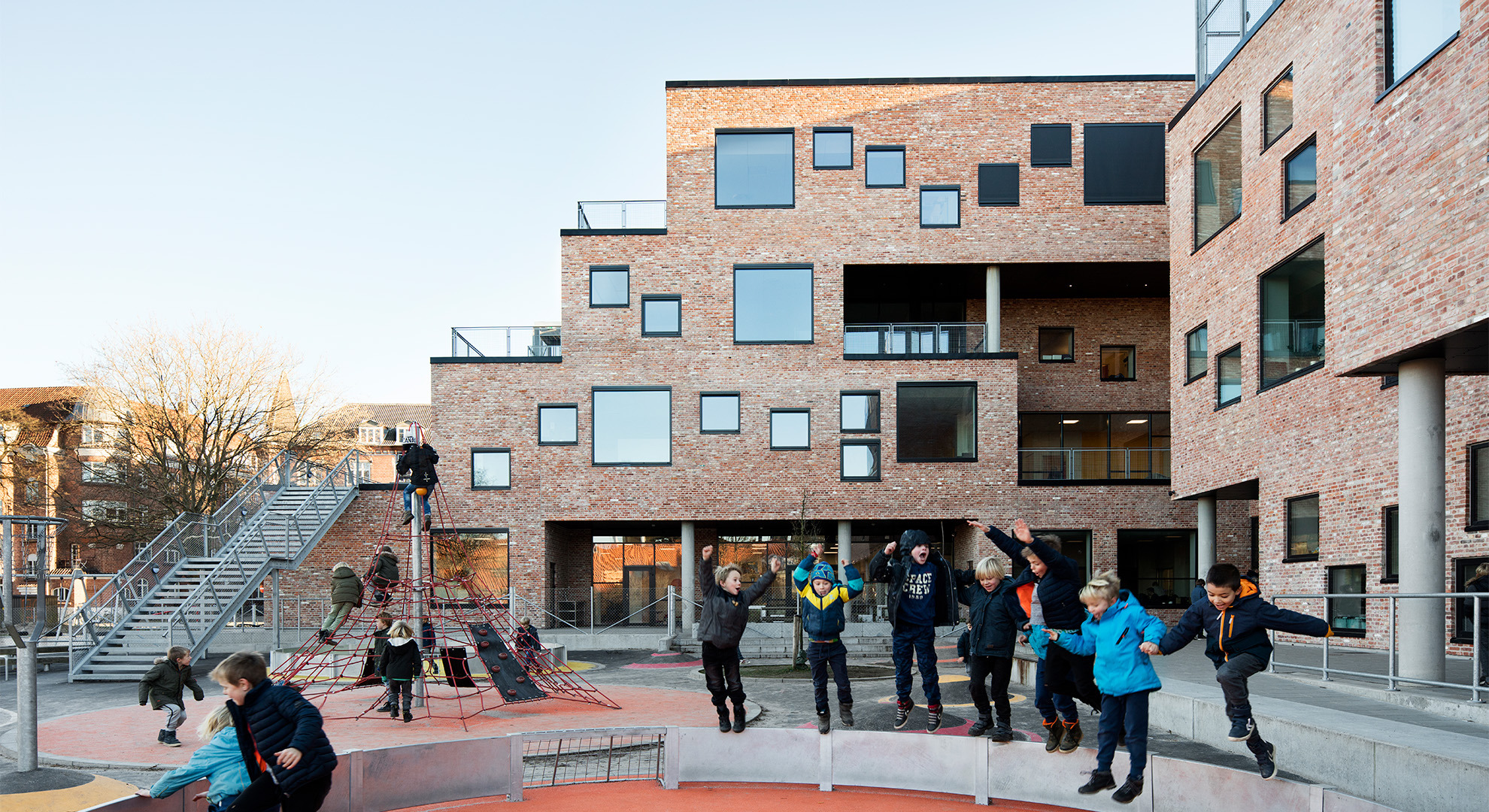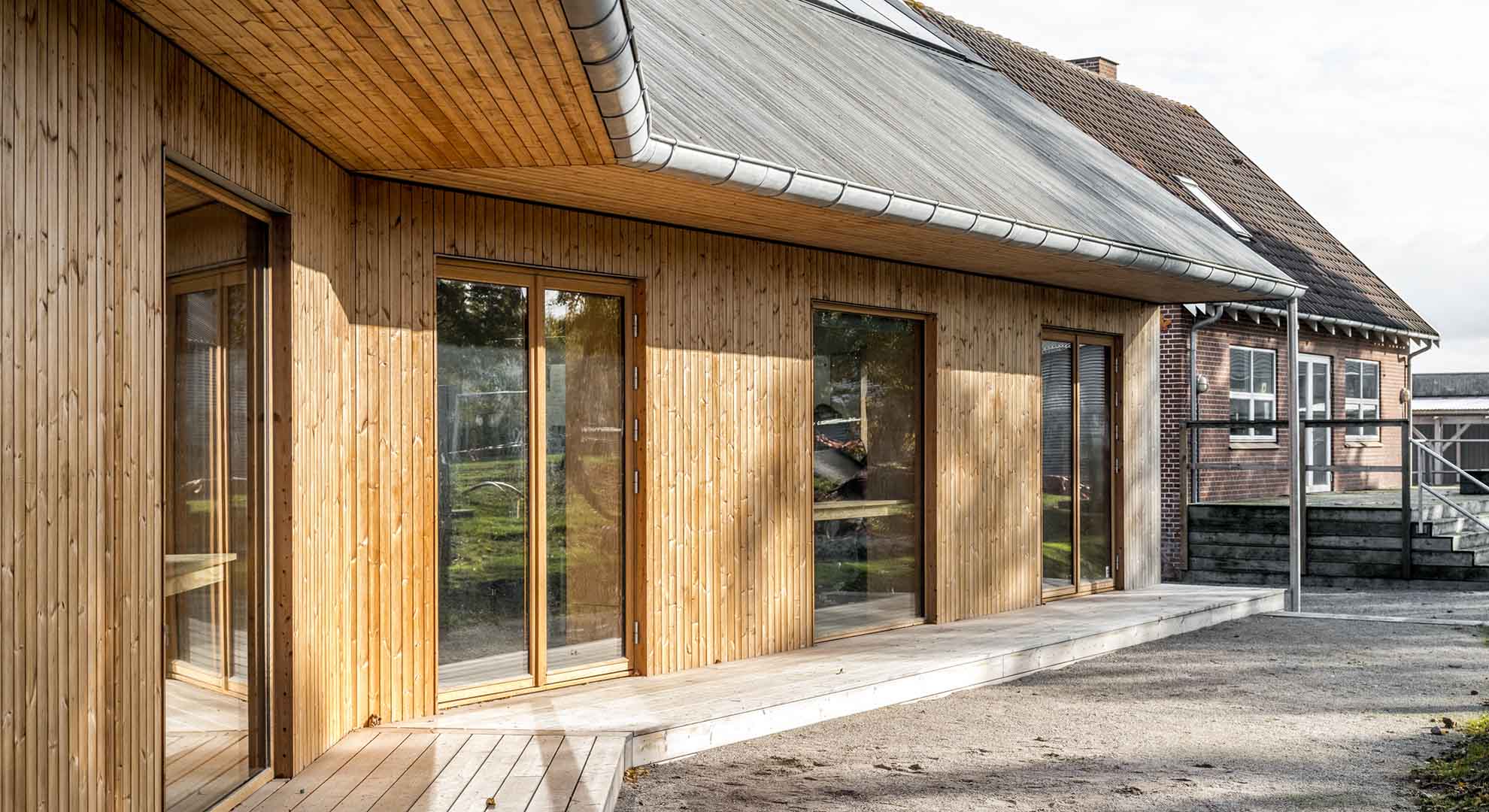Material Challenges Amid an Ecological Polycrisis
Navigating regenerative design solutions
In the twenty-first century, humanity finds itself grappling with an ecological polycrisis, a state where multiple planetary boundaries have been breached, posing unprecedented challenges to the environment and an existential threat to humanity. Architects are navigating this uneasy period, hauntingly aware of both the global challenges and our inability to solve them with the necessary speed. There is a general understanding that the planetary crises are exacerbated by the construction sector’s rampant use of global resources, the production of materials with high carbon emissions, the generation of enormous quantities of waste, and high levels of pollution impacting water, air, and human health. Architects confront a pressing need to reassess material choices and construction methodologies.
A key to addressing the dilemma is acknowledging that industry challenges are essentially a question of consumption. Characterizing architectural design and the built environment as a form of consumption presses the point. Embarking on new projects often involves consumption of land, destruction of natural resources cleared from the site, consumption of resources from near and far in construction, and consumption of energy. This consumption follows a primarily linear trajectory—take-make-waste—with devastating environmental consequences. There are not infinite resources on a finite planet; we are beginning to feel the squeeze.

Sundby School, a modern thatched facade, a vernacular technic, providing a renewable and biodegradable rainscreen, Nykøbing Falster, Denmark, under construction, Henning Larsen. Photo © Rasmus Hjortshøj
Is a radical shift possible? Is it possible to build less? For the last decade there have been countless references to a paradigm shift in architecture, a green transition, a reassessment of material strategies. In the face of this polycrisis, a paradigm quake, not a shift or a gentle transition is imperative for architectural designers. Architects, builders, and stakeholders must collectively prioritize regenerative practices and take responsibility for the environmental and human health impact of their projects. Curtailing the amount of constructed square meters requires intense creativity to optimize existing built solutions and to implement innovative or vernacular solutions to reduce embodied CO2, limit chemical pollution, and protect biodiversity.
The single most effective initiative would be to transform existing structures rather than demolish and build new. A drastic reduction of new construction would be effectively combined with offices refusing to build on green fields. Other solution-oriented strategies include prioritizing reused and repurposed products, in particular direct reuse of structural elements.
Whether renovation or not, all material selection decisions should be grounded in life cycle impact calculations on a material and on an assembly level. Low carbon emitting products include replenishable materials, particularly those with short harvest cycles (mycelium, thatch, hemp, linoleum), agricultural waste products (straw), minimally processed materials (natural stone, clay) and reused materials.

Frederiksbjerg School, exclusive use of reused facade bricks saved 180,000 kg of CO2e, Aarhus, Denmark, 2016, Henning Larsen. Photo © Peter Nørby
Continuous professional development programs can empower architects to stay abreast of emerging technologies and methodologies, enabling them to make informed decisions throughout the design and construction processes. The Unboxing Carbon workshop was developed by Henning Larsen in 2021 to accelerate a radical upgrade of carbon literacy. The workshop communicates essential material impacts in a rapidly changing professional terrain. To address toxic pollution and fulfill the EU taxonomy, architects also need to reassess their knowledge of hazardous chemicals in building products.
Collaboration among architects, researchers, and industry stakeholders is crucial for accelerating the adoption of regenerative practices. A paramount example of this is the broad support in Denmark from the design and construction industry for the project “Reduction Roadmap,” calling for more aggressive CO2 restrictions in the building code. Through collective efforts such as knowledge sharing platforms, the architectural community can harness shared expertise to address material challenges and contribute to a more sustainable future.
Governments worldwide should enact and enforce stringent regulations that incentivize and mandate regenerative building practices. This includes setting standards for material sustainability, offering financial incentives for renovation instead of demolition and new construction, defining maximum allowable area quotas for new construction and implementing a cap on CO2 per m2 that is aligned with the goals of the Paris Agreement. While this suggestion may be an anathema to many, I believe we will begin to see regulatory discussions on moratoriums for new construction. By aligning policies with sustainability goals, authorities can catalyze positive change within the architectural industry.

Feldballe School, exterior structural wall of straw/timber elements, Rønde, Denmark, 2022, Henning Larsen. Photo © Rasmus Hjortshøj
Amid an ecological polycrisis, architectural design stands at a crossroads, facing significant challenges that demand immediate attention. However, this crisis also presents an opportunity for architects to redefine their role as stewards of the built environment, embracing regenerative practices and innovative solutions. By prioritizing resource reduction, minimizing waste and toxic pollution, focusing on reuse, and drastically reducing the amount of new-build, architects can contribute to a resilient and regenerative future.
Material selection should evaluate not just aesthetics and technical performance, but also the planetary impacts of materials. Education, policy, and collaborative efforts are integral to a new era of architectural design that reduces consumption and harmonizes with the planet's boundaries. A radical regeneration is challenging, but it is the only path to a more resilient, equitable, and beautiful built environment.
Main image: “Unboxing Carbon” course and workshop provides architects with a basic understanding of global warming potential and construction products. © Henning Larsen
Catalog: Henning Larsen’s Open Source Knowledge Platform, Unboxing Carbon:
https://henninglarsen.com/en/unboxing-carbon/unboxing-carbon-material-catalog
